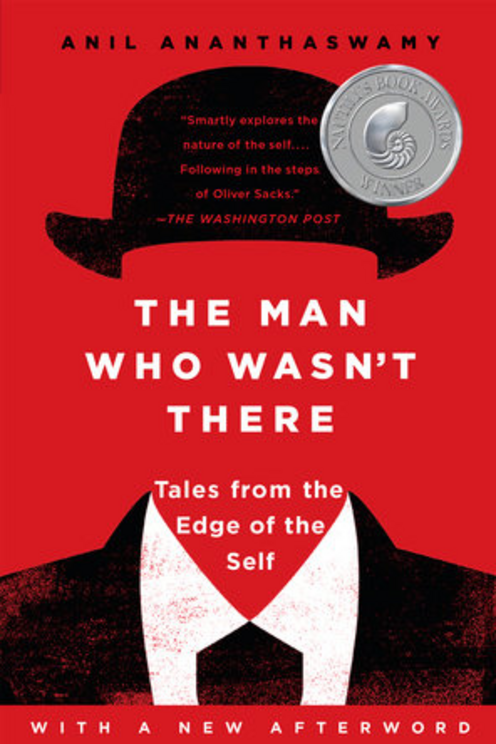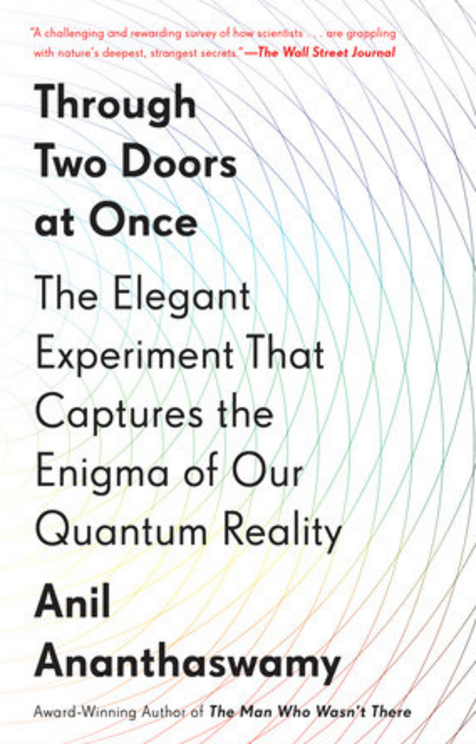Will we soon be able to test theories of consciousness?
Proponents of two leading theories of consciousness are trying to develop tests for their models, in a hitherto baffling field
Science journalist and author Anil Ananthaswamy has written a thoughtful piece at New Scientist on the leading models of consciousness and their relationship to quantum mechanics (quantum physics). Are we reaching the point where we can test at least one of them?
Ananthaswamy is well qualified to assess the arguments. He is the author of both Through Two Doors at Once (2018) on quantum physics and The Man Who Wasn’t There (2015) on the nature of the self.
Models of consciousness that assume that “consciousness isn’t separate from the material reality that physics explains” (materialist or naturalist theories) fall into three general classes, as he explains.
Analysts like Tufts philosopher Daniel Dennett and Princeton neuroscientist Michael Graziano argue that consciousness is simply a model of the world created by the brain. Thus explanations are not needed. We rather need to understand the mechanics. As Graziano puts it, “When an information-processing device such as the brain introspects, or accesses internal data, and on that basis arrives at the conclusion that it has a magic property inside of it, the first question for a scientist is probably not: how did that device produce magic? Or even: what is the magic? Such questions are probably not coherent. Instead, in my lab we are asking: how does a brain arrive at that kind of self-description? ”
Many researchers are not happy with this approach because it begs a key question. An “information-processing device” doesn’t introspect, so far as we know. The rise of introspection is part of what we are trying to explain. So, assuming that we should be trying to understand the system as an information-processing device is not self-evidently helpful.

The focus is now on the quantum level of the universe
Many of these researchers look to quantum mechanics for answers. Ananthaswamy examines whether the superposition of quantum states might offer a materialist account of consciousness:
Quantum systems can exist in a superposition of all possible states simultaneously, and classical reality emerges when this superposition collapses into a single state. One idea is that this happens when the mass of a quantum system crosses a threshold. According to theoretical physicist Roger Penrose at the University of Oxford and anaesthesiologist Stuart Hameroff at the University of Arizona, consciousness emerges as the result of such collapses occurring in the brain. In their model, called orchestrated objective reduction (Orch OR), microscopic structural elements within neurons, called microtubules, enter into states of quantum superposition. These span networks of neurons and when the mass of the microtubules in a superposition exceeds some threshold, it collapses, producing conscious moments.
Anil Ananthaswamy, “Can physics explain consciousness and does it create reality?” at New Scientist July 7, 2021
The Orch OR hypothesis, he notes, may be testable by exposing the microtubules in neurons to anesthetics, to see if they can be detected in quantum states. That wouldn’t prove the theory but would likely make it a subject of active research.
The other problem, of course, is that — at the quantum level — collapses of the wave function into a single reality occur when the system is observed. But what constitutes an observer or an observation? At one end of the spectrum, there is the view that in quantum physics, reality is literally what we choose to observe. At the other end, each possible state of the quantum particle is realized in a different world (Many Worlds or multiverse theory). As Ananthaswamy points out, “There is no empirical evidence to prove or disprove these ideas.” We have no metrics.
Is a testable mathematical model for consciousness and quantum collapse possible?
Some analysts are asking, what if consciousness causes the collapse? David Chalmers of New York University, who coined the term “Hard Problem of Consciousness,” is developing a mathematical model along these lines, along with Kelvin McQueen of Chapman University. In their model, consciousness converts quantum reality into classical reality.
Their model depends on Integrated Information Theory (IIT), a leading theory of consciousness which posits that any system that integrates information is “conscious” (that is, it causes a quantum collapse into a specific classical state). A metric called “phi” (Φ) measures the integration of information.
Why does the Integrated Information Theory (IIT) model depend on panpsychism?
To understand why the IIT model entails panpsychism, observe that, at this point, conscious has become a technical term. To say that electrons are conscious does not mean that electrons have opinions, as is often assumed. It only means that they can produce quantum collapses. On that view, human consciousness is a huge and immensely complicated system that can produce quantum collapses.
The model (and IIT in general) need panpsychism because they require consciousness, seen in this sense, to be a feature of most of the universe:
Previous attempts to solve the measurement problem by appealing to consciousness have run into a major problem: if classical reality requires the presence of conscious humans, how did the universe evolve classically to the point where human consciousness appeared? The new idea avoids this because IIT doesn’t limit consciousness to biological beings. The universe could have begun as a quantum system and continued evolving quantum mechanically until matter first became able to integrate information. This consciousness then started to collapse quantum reality, creating the sort of classical reality we experience today.
Anil Ananthaswamy, “Can physics explain consciousness and does it create reality?” at New Scientist July 7, 2021
That doesn’t mean that the universe is itself a conscious being, just as it doesn’t mean that electrons have opinions, only that consciousness is a non-material element in our universe, present to varying degrees in varying entities.
Is integrated information theory a materialist theory?
Integrated information theory (IIT) is not a materialist theory (everything is material) so much as a naturalist one (nature is all there is). Information is not material but it could be wholly natural. That’s an advantage for IIT.

IIT does not depend on absurd materialist claims such as that consciousness is merely an illusion (whose illusion?). Or that human consciousness evolved so as to help humans hunt more efficiently in groups — as if wolves and lions cannot achieve that goal without human intelligence. Or that apes think like humans and only human exceptionalism prevents us from seeing that.
To the extent that IIT sees consciousness as a non-material but real feature of the universe — and a measurable one at that — it is a much more serious competitor to dualism and idealism than any form of materialism can really be. IIT seeks to convert panpsychism from an idea to a form of measurement: the integration of information
Thus, for example, the IIT proponent may well believe that human consciousness evolved from that of an ape-like creature. But his focus is not on inventing yet another story about how or why that happened. The focus is on developing a means of measuring the effects of collapse from quantum to classical physics in humans, apes, plants, and inanimate nature. That may be the main reason for IIT’s surge in respectability in recent years. Stay tuned.

